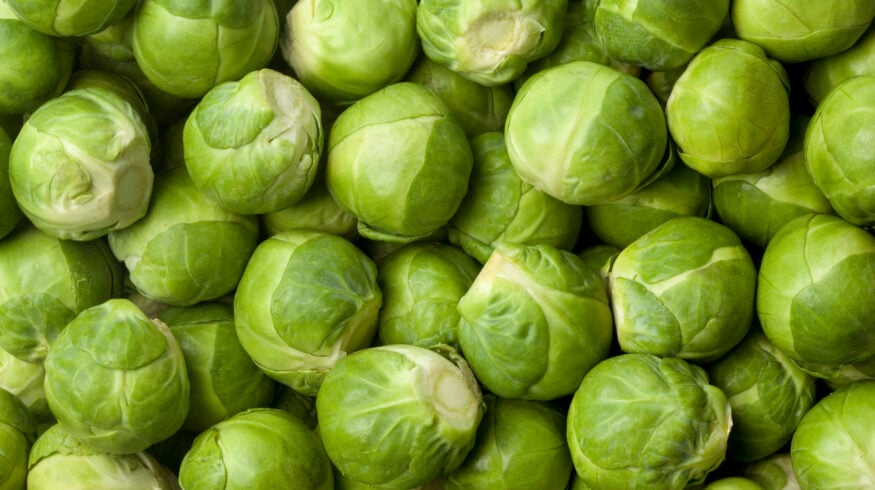When is the best time to plant flowering and Brussels sprouts cabbage.


With the arrival of warm weather, the question of the correct planting of different types of cabbage has become relevant. When planting cabbage seedlings, it is important to take into account various factors such as the type of cabbage, the planting location (in a greenhouse or in open ground), and the care conditions. Let's take a closer look at when and how to plant cabbage seedlings.
When to plant different types of cabbage in the ground or in a greenhouse?
Cabbages such as white-headed, Brussels sprouts, and flowering should be planted at different times as seedlings. It is also important to consider where the planting is planned - in open ground or in a greenhouse. Here are some planting recommendations for each type of cabbage seedlings:
White-headed cabbage - seedlings should be planted 4-6 weeks before the last frost. The indoor temperature should be around 20-25°C;
Brussels sprouts cabbage - seedlings should be planted 12-14 weeks before the expected date of the last frost. It is also necessary to provide a warm temperature (20-25°C) and bright light;
Flowering cabbage - seedlings should be planted 4-6 weeks before the last frost, depending on the climatic conditions. The care conditions for flowering cabbage are the same - warm temperature, bright light, and fertile soil.
How to plant cabbage seedlings?
Proper planting of cabbage seedlings includes several steps:
Prepare pots or containers with drainage for good water drainage.
Use fertile, well-drained, and nutrient-rich soil.
Place the cabbage seeds about 1 cm deep and keep a distance of about 5-7 cm between them.
Place the pots in a warm place with bright light (20-25°C).
After the seedlings germinate, remove weak plants, leaving only the strong ones.
Regularly water and fertilize the seedlings.
After 4-6 weeks, the seedlings can be transplanted to the garden or large pots by burying the roots deeply.
What to do with pests on cabbage seedlings?
It is very important to combat pests in caring for cabbage seedlings. There are several ways to control pests on cabbage seedlings:
Physical removal - you can manually remove pests (slugs or caterpillars).
Installation of mechanical barriers, such as dome covers or nets, to prevent insects from accessing the seedlings.
Involvement of beneficial insects, such as ladybugs or frogs, which prey on pests.
Use of plants that repel pests, such as garlic, basil, or parsley, by planting them near the cabbage.
Use of biological insecticides or insect enemies that attack pests but are safe for plants and the environment.
A combination of several methods often produces the best results in pest control.
Remember that proper care of cabbage seedlings before planting in the ground or in a greenhouse will help you get a good harvest of this valuable crop.
Read also
- Legion 'Freedom of Russia' captured a Nigerian mercenary
- Russia attacked Odesa with drones: a residential building is on fire
- Ukrainian defenders eliminated a dozen occupiers and a tank (video)
- Odessa. Russia killed a couple in their own home
- Massive protests erupt in Kenya: at least 16 dead and hundreds injured
- Strike on the lyceum in Bilhorod-Dnistrovskyi: The lives of teachers and a manager were cut short due to shelling










